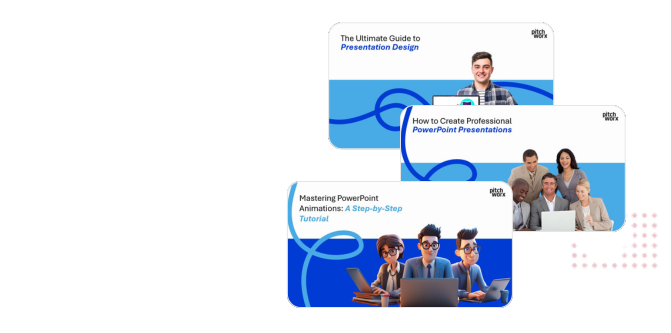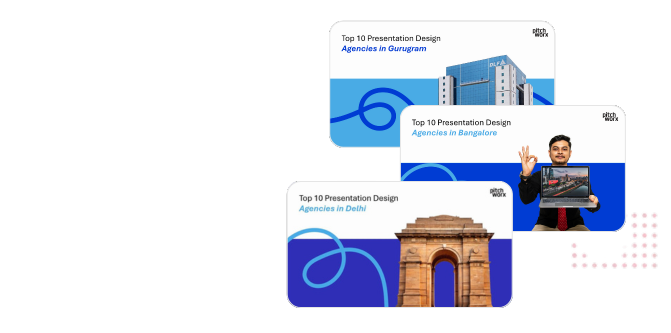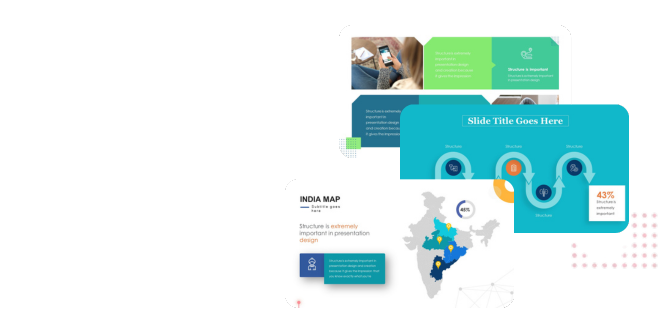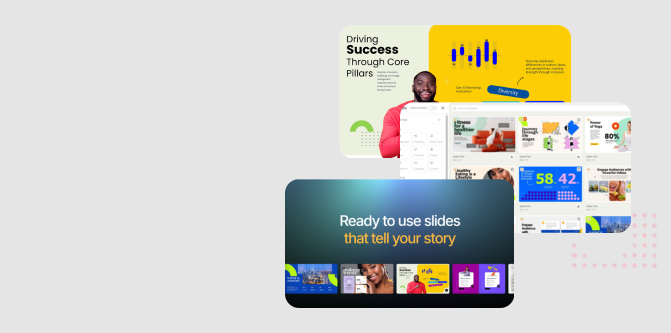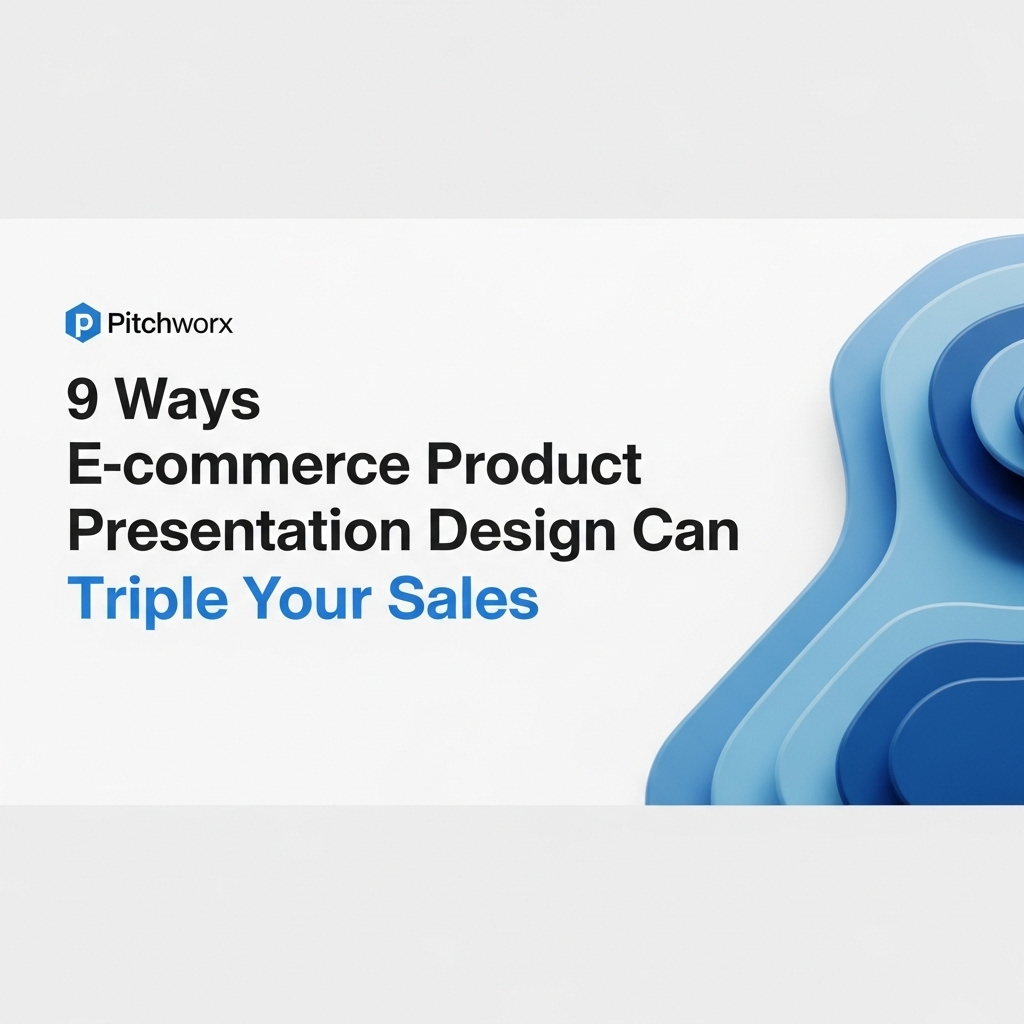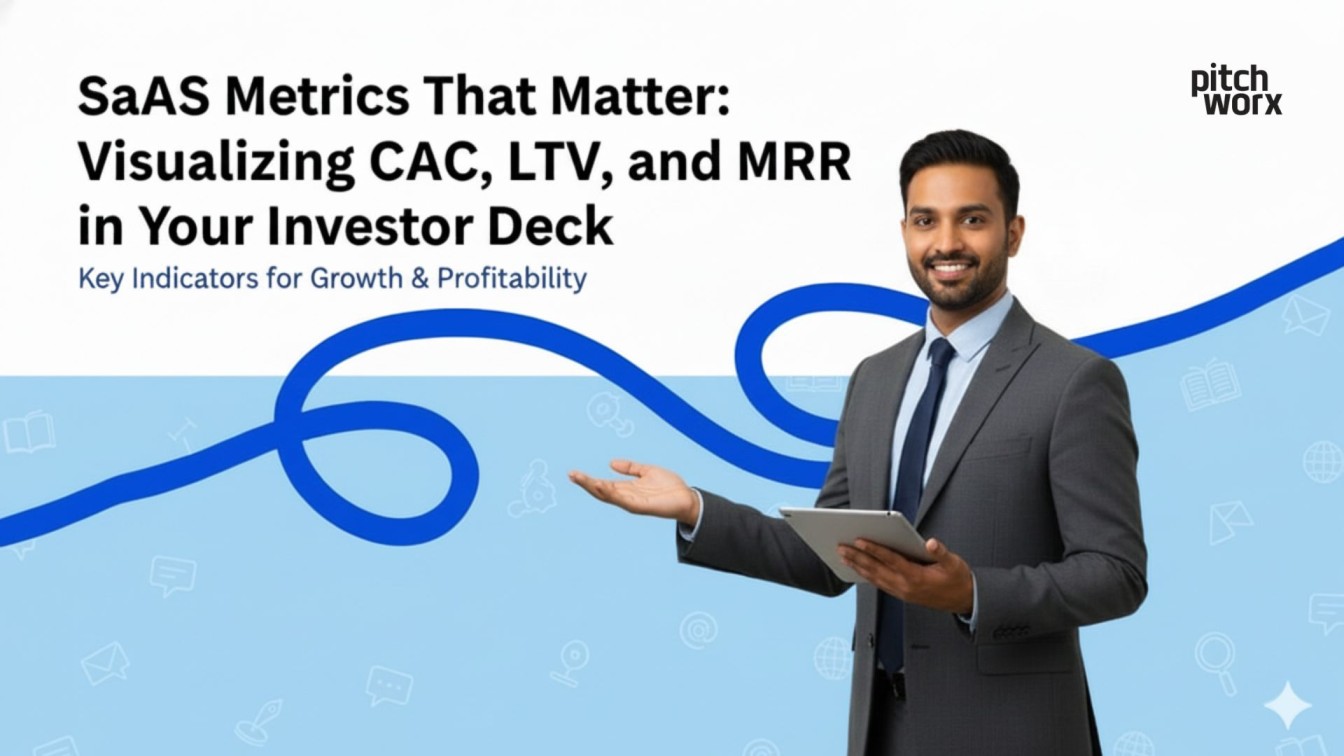Quick Answer
E-commerce product presentation design is the art of showcasing products online to maximize engagement and sales. With 75% of shoppers relying on product photos according to recent Statista data, it’s a critical conversion lever. A successful approach involves:
- Creating a compelling visual narrative around the product.
- Using high-quality, multi-angle imagery, 3D models, and video.
- Structuring information for clarity, impact, and scannability.
Table of Contents
- The E-commerce Conversion Problem
- Why Static Product Pages Are Failing
- The Root Causes of Low Engagement
- The Solution: Dynamic E-commerce Product Presentation
- A 5-Step Guide to Implementing Dynamic Presentations
- Frequently Asked Questions
- Beyond the “Add to Cart” Button
The E-commerce Conversion Problem
The average e-commerce conversion rate hovers stubbornly around 2-3%. This means for every 100 potential customers who visit a product page, 97 leave without making a purchase. While factors like pricing and shipping are significant, a frequently overlooked culprit is the presentation itself. A static, uninspired product page fails to replicate the tangible experience of in-store shopping, leaving customers with unanswered questions and a lack of confidence. This is where strategic e-commerce product presentation design becomes a game-changer. It’s not just about listing features; it’s about creating a compelling, persuasive experience that guides a visitor from curiosity to conversion. Through our presentation design services, we’ve helped countless brands bridge this digital gap by transforming product pages into powerful sales tools.
The challenge is clear: how do you convey value, build trust, and answer subconscious questions through a screen? The solution lies in treating every product page as a high-stakes presentation. It needs an opening hook, a compelling narrative, convincing evidence, and a clear call to action. Without this strategic approach, even the best products can get lost in the digital noise, failing to connect with the very audience they were designed for.
Why Static Product Pages Are Failing
For years, the standard e-commerce product page has followed a rigid template: a handful of photos, a block of text, and a price. This “digital catalog” approach is fundamentally broken in a world of infinite choice and diminishing attention spans. It places the entire burden of discovery and imagination on the customer, a risky proposition when a competitor is just a click away.
Static pages create a passive viewing experience. They don’t engage, they don’t persuade, and they certainly don’t excite. According to a Statista survey, high-quality product images are a leading motivator for online shoppers worldwide. When pages offer only a few low-resolution, context-free images, they fail to meet this basic customer expectation. The result is a high bounce rate, low time-on-page, and a frustratingly high cart abandonment rate. A potential customer leaves not because the product was wrong, but because the presentation failed to convince them it was right.
Our experience in creating high-impact marketing decks for clients has shown us a crucial parallel: if you can’t capture and hold attention within the first few seconds, the core message is lost. The same principle applies directly to e-commerce. A static page is the equivalent of a presenter reading bullet points from a slide in a monotone voice—factually correct, but utterly unpersuasive.
The Root Causes of Low Engagement
Understanding why static pages fail requires digging into the core psychological and practical disconnects they create. These aren’t just design flaws; they are fundamental communication failures that directly impact revenue.
1. Lack of a Visual Narrative
Humans are wired for story. A random assortment of product shots lacks a narrative arc. It doesn’t show the problem the product solves, the transformation it enables, or how it fits into the customer’s life. A great e-commerce product presentation guides the user through a story: “Here’s your problem, here’s how our product solves it, and here’s what your life looks like after.” This narrative approach turns a simple product into a desirable solution.
2. Information Overload and Poor Hierarchy
Many failing product pages either provide too much information in a dense block of text or not enough to make an informed decision. Effective presentations use a clear visual hierarchy. The most important benefit is communicated instantly, followed by supporting features, social proof, and technical specifications. This layered approach allows customers to scan for key information or dive deep, catering to different buying styles without causing cognitive overload.
3. The “Trust Deficit” from Generic Assets
A critical mistake we often see is the over-reliance on generic manufacturer-provided images or bland stock photography for “lifestyle” shots. Modern consumers can spot this instantly, and it creates a trust deficit. Custom photography, authentic video testimonials, and detailed 360-degree views signal investment and confidence in the product. It shows you care about the customer experience, which in turn builds the trust needed to click “buy.”
About PitchWorx
With 13+ years of presentation design experience and 150,000+ slides created, PitchWorx is an ISO 27001 certified agency trusted by Fortune 500 companies across global markets. We specialize in turning complex information into clear, persuasive visual narratives that drive action.
The Solution: Dynamic E-commerce Product Presentation
The antidote to the static page is a dynamic, engaging, and persuasive product presentation. This approach borrows principles from the most effective sales pitches and corporate presentations, applying them to the e-commerce environment. It’s a shift from a “product listing” to a “product experience.” A dynamic presentation anticipates and answers customer questions visually, demonstrates value contextually, and builds an emotional connection that transcends features and specs.
Research from McKinsey highlights that customer journeys are central to satisfaction and loyalty. A dynamic product presentation is a critical touchpoint in that journey. Instead of a flat image gallery, consider an interactive 3D model the user can manipulate. In place of a wall of text, use an explainer video that shows the product in action. These elements don’t just inform; they engage and immerse the user in the product’s world. Our work in creating immersive 3D designs has proven that when users can interact and explore, their sense of ownership and purchase intent increases dramatically.
| Aspect | Static Product Page (The Old Way) | Dynamic Product Presentation (The New Way) |
|---|---|---|
| User Experience | Passive viewing | Active, interactive engagement |
| Visuals | Limited, context-free images | 360° views, video, high-res zoom, lifestyle context |
| Information | Dense text blocks, feature lists | Layered information, expandable sections, icons |
| Goal | To list a product for sale | To create desire and build purchase confidence |
| Impact | High bounce rates, low conversion | Higher time-on-page, increased conversion |
A 5-Step Guide to Implementing Dynamic Presentations
Transitioning from static pages to dynamic presentations is a strategic process. It requires a shift in mindset from “content management” to “experience design.” Here is a practical framework to guide your implementation.
Step 1: Define the Core Value Narrative
Before touching any design elements, answer this: What is the single most important story this product tells? Is it about convenience, luxury, durability, or innovation? This core narrative becomes the guiding theme for all your visual and textual content. Every asset you create should reinforce this central story.
Step 2: Invest in a High-Quality Asset Library
Your presentation is only as good as its components. This means investing in professional assets:
- High-Resolution Photography: Multiple angles, detailed close-ups, and in-context lifestyle shots.
- Product Video: A 30-60 second video demonstrating the product’s use and key benefits. Our video production service often focuses on showing, not just telling.
- 360° or 3D Models: For complex products, allowing users to rotate and inspect the item builds immense confidence.
- Iconography and Graphics: Custom icons to highlight key features can make information more digestible than bullet points.
Step 3: Structure the Page for “Scanning and Diving”
Design the page for how users actually consume web content. Use a strong “hero” section at the top with your most compelling image/video and a clear value proposition. As the user scrolls, layer the information. Use expandable “accordion” sections for technical specs, carousels for testimonials, and clear headings for each section. This allows a user to get the gist in a 10-second scan or spend 5 minutes diving into the details.
Step 4: Integrate Social Proof and Trust Signals
Trust is the currency of e-commerce. Weave social proof throughout your presentation, not just in a separate “reviews” tab. Showcase your best text and video testimonials prominently. Include logos of publications that have featured you or certifications you’ve earned. These elements act as third-party validation, reducing purchase anxiety.
Step 5: Test, Measure, and Iterate
A dynamic presentation is not a one-time project. Use tools like heatmaps to see where users are clicking and how far they scroll. Use A/B testing to compare different headlines, images, or video thumbnails. Monitor your conversion rate, time-on-page, and add-to-cart rate. The data will tell you what’s resonating with your audience, allowing you to continually refine and improve the experience.
Related Services
Frequently Asked Questions
How much does professional e-commerce product presentation design cost?
The cost varies widely based on scope. A basic refresh of photography and copy might be a few hundred dollars, while a comprehensive overhaul with 3D models, video production, and interactive elements can be a significant investment. The key is to measure the cost against the potential lift in conversion rate and average order value.
Won’t adding video and high-res images slow down my page?
Page speed is critical. However, modern technology allows for the best of both worlds. Using next-gen image formats (like WebP), “lazy loading” assets as the user scrolls, and optimizing video files ensures a rich experience without sacrificing performance. It’s a technical challenge, but a solvable one that is essential for success.
What’s more important: product photos or product copy?
They are two sides of the same coin. Visuals attract attention and create desire, while copy provides the logical justification for the purchase. Data from Statista indicates 75% of online shoppers rely on product photos, highlighting their initial importance. However, compelling copy is what often closes the deal, especially for complex or high-consideration products.
How do I create a compelling visual narrative for a “boring” product?
There are no boring products, only boring stories. For a utilitarian product, the narrative should focus on the problem it solves, the time it saves, or its superior durability. Use visuals to demonstrate its effectiveness and reliability. Customer testimonials and case studies can be powerful tools to show the real-world impact of even the most “boring” items.
What is the ideal number of images for a product page?
There’s no magic number, but quality and variety trump quantity. A good starting point is 5-8 high-quality images that cover all angles, show the product in use, highlight key features, and convey scale. For products with many variations or complex features, more images or a 360-degree viewer are highly recommended.
Can I apply these principles to a marketplace like Amazon?
Absolutely. While you’re working within Amazon’s template, you can still apply these principles through A+ Content and Brand Stores. Use high-quality infographics, comparison charts, and lifestyle images to create a branded, presentation-like experience within the constraints of the platform. This is a key differentiator against competitors who only use basic listings.
Beyond the “Add to Cart” Button
Elevating your e-commerce product presentation design is one of the highest-leverage investments you can make in your online business. It directly influences conversion rates, reduces returns by setting clear expectations, and builds a stronger brand perception. By moving away from the passive, static product pages of the past and embracing a dynamic, narrative-driven approach, you stop just listing products and start creating compelling purchase experiences.
The next step is to audit your own product pages. Look at them not as a business owner, but as a skeptical first-time visitor. Do they tell a story? Do they build trust? Do they answer questions before they are asked? If not, it’s time to start implementing the principles of dynamic presentation design and turn those browsers into buyers.
Ready to elevate your product storytelling? Our expert team helps businesses across global markets create presentations that convert. View our work in our case studies to see how we’ve helped others succeed.




